What are electrical actuators?
The electrical actuator is an electromagnetic device that converts electrical energy into mechanical movement.
Electrical valve actuators are mounted on valves that automatically move to the desired position using an external power source in response to a signal. AC or DC voltage and duty cycle are important factors when selecting electrical actuators.

Linear actuators:
Linear actuators creates a linear motion using solenoid actuation. When sufficient current pass through the solenoid it produce a linear motion.
The linear actuator working principle was specifically designed to be easier to work with, both to decrease the amount of maintenance and repairs.
Advantages of Linear actuators:
· Linear Electric Actuators are well-suited for operating in tight tolerances.
· Safer: Linear actuators are said to be the most effective tools with high success rate and less risk to machinery, products or human life.
· Easier To Install: Installing an electrical actuator is a piece of cake because you will only need to connect wires and cables.
· Less noise
Rotary actuators:
Electric rotary actuators use electromagnetic power to rotate components from a motor. Typically, hey offers control and indexing capabilities to enable multiple stops along strokes.
Rotary Electric Actuators use ball, plug, and butterfly valves that rotate a quarter-turn or more from open to close.
Advantages of Rotary actuator:
· Rotary Electric Actuators are used in the electric power industry, high-power switching gears, and packaging applications.
· Electrical faults are often easier to diagnose
· Stepper motor allows to positioning.
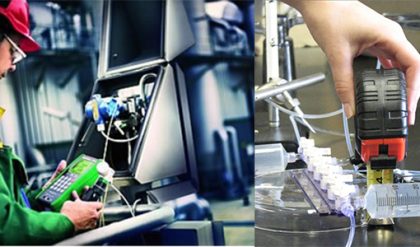
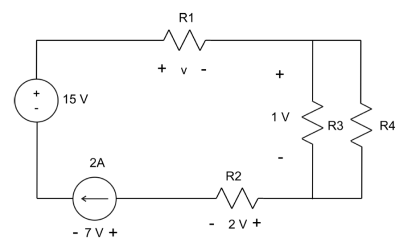

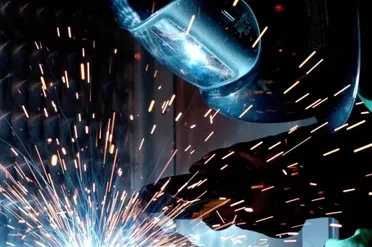
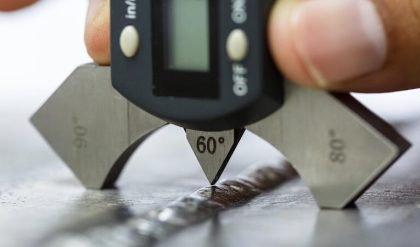
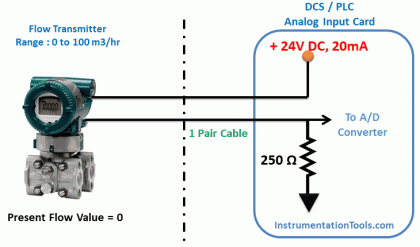
Comments are closed.